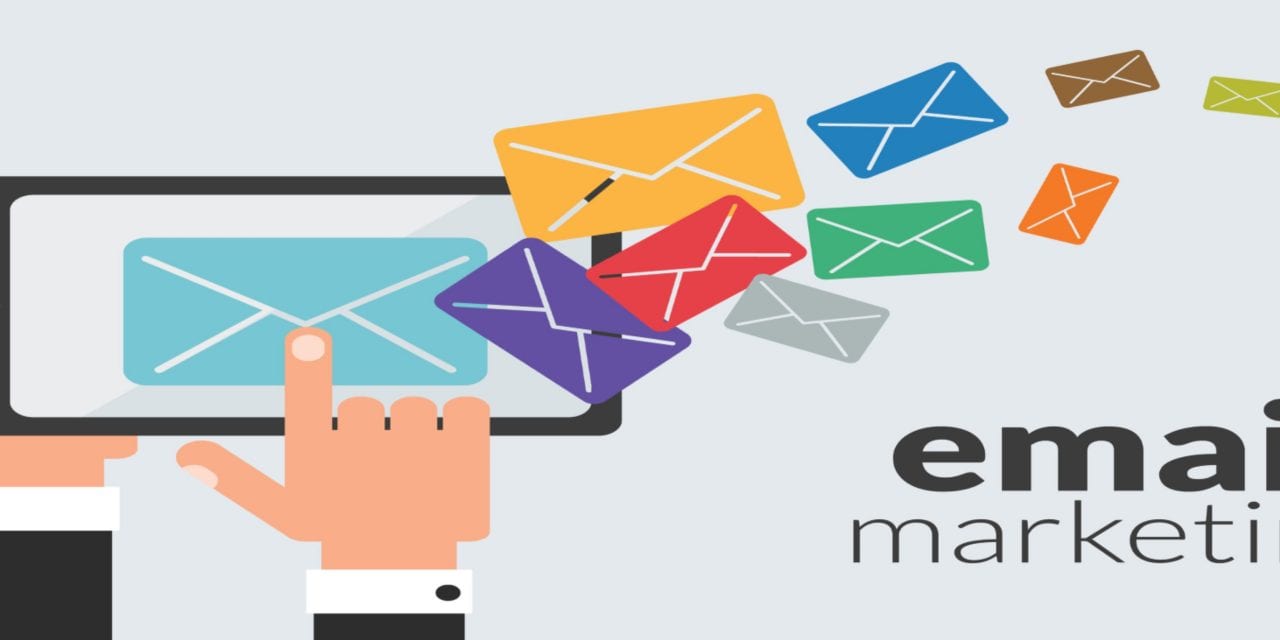“You just saved me months of work.” How often do you hear that? For most organizations, not often enough.
By Susan Saldibar
“You just saved me months of work.”
How often do you hear that? For most organizations, not often enough. Kristin Hambleton, VP of Business Development for Continuum CRM (a Senior Housing Forum partner), was actually told that recently by a client of theirs.
This client apparently had a new employee who had been given thousands of new prospects to sort through. She was in the slow, tedious process of touching base with each of them to assess their level of interest when Kristin visited her. Within about 20 minutes, Kristin was able to use their CRM to engineer a highly targeted, streamlined re-inquiry email, sent in mass to all cold leads. And it started producing responses within moments of being sent. “She said it was the best 20 minutes she ever spent,” Kristin told me. And it saved her “months of work”.
It shouldn’t be surprising. Email isn’t the tool it was a few years ago. You can do a lot more with it now if you have a strong CRM behind it. The problem, according to Kristin, is that too many communities don’t realize that. So marketers continue to leave everything to sales with little to no meaningful involvement. Maybe they have forgotten that 70% of a buyer’s journey is complete before they even speak to a sales rep (SiriusDecisions). And email is part of that journey.
Kristin tells me that she has witnessed a big difference in the success of personalized email messages when marketers work hand in hand with sales, using their CRMs to create and manage their programs. Here are some key advantages:
-
Emails with goals. When sales is tasked with creating emails, you’ll typically see messaging along the lines of “I’m just checking in . . .” Easy to put together, but also easy for prospects to ignore. Every email needs a next step attached to it or a call to action. “You want them to get value and a piece of information in every email,” Kristin says. To that end, she suggests that you treat your emails as you would a phone call. Have a goal in mind. Work towards creating a 2-way conversation. “Marketing should take the lead, by creating targeted email templates ready for sales to use,” Kristin says.
-
Correct syntax, grammar, and structure. Emails that contain errors send a message that you are either not too bright or just don’t care. Sales counselors’ goals are to get in front of prospective residents and close business. They don’t have the time (or desire) to be spell-checking and fine-tuning their emails. Again, marketing should be creating the messaging.
-
Tracking and fine-tuning. This is where marketing really needs to gain control of the CRM! It is marketing’s job to make sure messaging is resonating. “What’s great about our CRM is that we have built a robust email capability, complete with tracking statistics, right into the system,” says Kristin. “That means that, unlike Outlook, when you send an email through Continuum, you will know if it was delivered, opened, and if your CTA resulted in a click through,” she adds. You also gain insights as to whether or not your emails are resonating. You won’t get that in Outlook.
-
Eliminating those “silos”. Kristin finds that when marketing and sales work together on email programs, the walls come down. “Marketing can create email templates with clean, crisp messaging and hand them off to sales as part of their tool kit,” Kristin says. Marketing may own the messaging, but sales owns the relationship. “Working together they can create personalized email templates that are perfectly tailored towards a common goal. Now sales can pick and choose the perfect email to suit each buyer persona. No more struggling on their own to create emails on the fly.”
-
Shorter sales cycles. As Kristin told me, by using the tools in her CRM, she was able to save months of email processing time for her client. Think about it. If you can give sales the opportunity to spend their time doing things that result in progressing the sale, instead of spinning wheels, you should be able to shorten your sales cycle.
“It’s important to remember that this ‘digital conversation’ you are having with prospects is a huge part of their decision process,” Kristin says. “Well-designed email programs have the power to deliver highly engaged prospects,” she adds. “It’s time for marketing to get into their CRMs and work with sales to turn those digital conversations into tours and move-ins for their communities.”
So, assuming this all makes sense, what now? Kristin recommends you start by reading the Continuum guide, “CRM for the Marketing Team,” which contains details on how marketers can strategically use their CRMs to full advantage. You can download the guide here.
For more information about Continuum CRM you can visit their website.
Download a PDF copy of this article by clicking on the button below:










